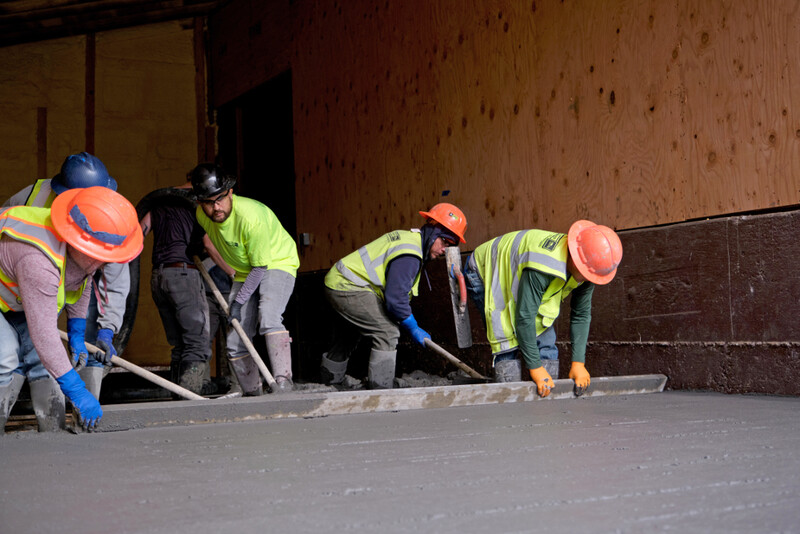Product Guide

Concrete

Concrete using Solid Carbon admixture is darker than standard concrete and can be made to have a unique marbled look.
Photo: BioforcetechThe best products...
- Replace all or some portland cement, reducing the embodied carbon of concrete
- Absorb and store more carbon than a conventional concrete mix
- Provide an alternative to standard aggregate
- Offer other environmental benefits
But watch out for...
- Potentially hazardous materials
- Compromised performance
- New, or not fully proven technologies
- Code challenges
- Lack of availability


